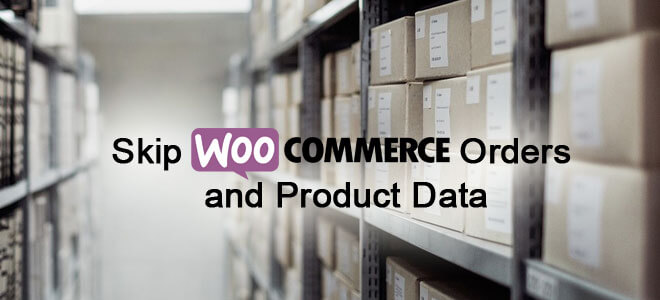Just confirming or please correct my thinking... or even better, is there a step by step process documenting using clone to stage and update from stage for WP WooCommerce site?
1) clone the existing WC site
2) update or do whatever changes you need to the site
3) days/weeks have gone by, so do not want to overwrite certain DB tables (ie. losing current customers and orders, etc)
4) so you then update live from staging.... BUT how to prevent copying the WC tables you do NOT want to copy?
thanks
@larryk
In essence, it is highly recommended - at least for the time being - that you (in chronological order)
1 - create a child theme on the staging site,
2 - make all customizations persistent by adding them to the child theme,
3 - install and test plugins on the staging site,
4 - make a backup of the production site before transferring data of the staging site,
5 - rsync the child theme to the production site,
6 - activate the child theme whenever needed or desired,
7 - make a backup of the production site if the child theme can be succesfully activated - if the child theme requires alterations, revert back to the old theme,
8 - rsync the plugins to the production site,
9 - activate the plugins one-by-one and check the functionality,
and that should be all - in 97 out of 100 cases - in order to prevent that (database) data is overwritten when transferring to the production site.
The 3 other cases are :
10 - migration of media files : in most cases, one needs to use some kind of plugin (read: use it once and disable and remove it afterwards)
11 - migration of database data that has been altered by WP or a plugin : this essentially requires a much more elaborate process... send me a message!
12 - all other scenario's : this does not happen a lot, so I will skip this.
I must admit that all of the above can be labor intensive, but that is good : it gives you full control over what happens and enough time to intervene in case something happens that is not desirable (and that often happens, it is WordPress).
Then again, if you want a more easy method and if you are adventurous, then do not hesitate to try out Site Import or Migration Manager - surprisingly, it worked for me in the far away past.
Kind regards.....



